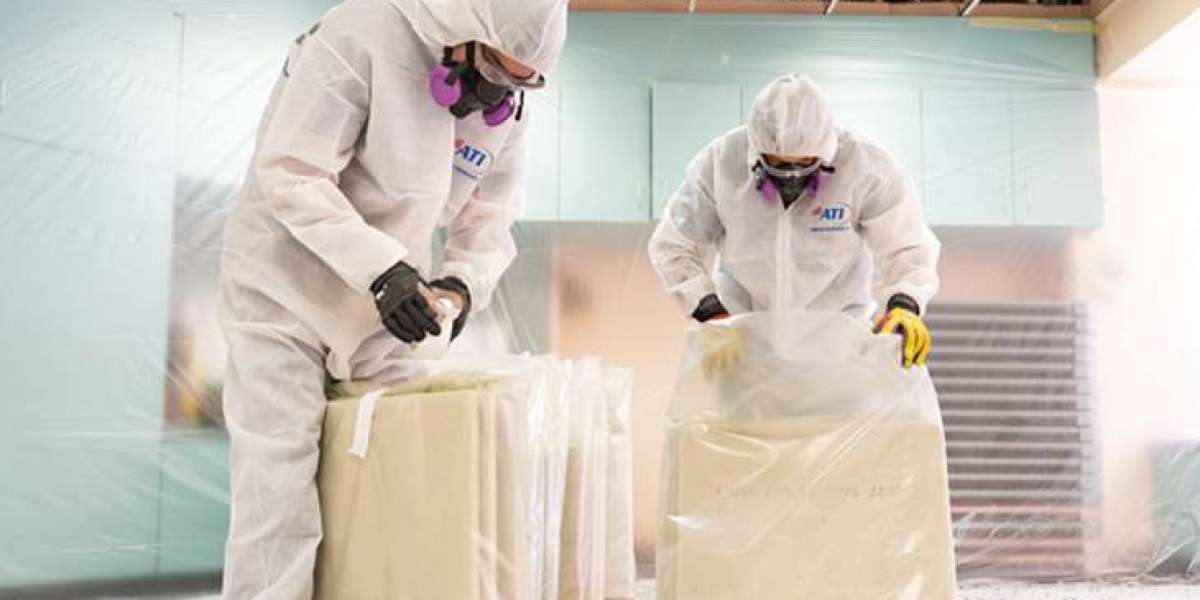Safety Syringes: Protecting Lives Beyond the Injection
When we think of syringes, most of us picture a brief prick on the arm or a routine hospital procedure. But behind this simple tool lies a quiet revolution—one focused on safety, dignity, and saving lives. This revolution is led by the safety syringe.
What is a Safety Syringe?
A safety syringe is not your typical needle. It's designed with built-in mechanisms to protect both the healthcare provider and the patient. Features like retractable needles, needle guards, or auto-disable functions help prevent accidental needle-stick injuries, which can transmit serious infections like HIV, Hepatitis B, and Hepatitis C.
In short, it’s a small device with a big mission: keeping people safe.
The Human Side of a Medical Tool
Imagine being a nurse, working 12-hour shifts, attending to dozens of patients, all while managing the constant threat of accidental pricks. Now imagine the peace of mind that comes from knowing the syringe you use will retract the needle the moment the injection is done—no more fear of a slip, a poke, or a life-changing injury.
Safety syringes aren’t just about medical innovation—they’re about mental well-being. They reduce stress, workplace anxiety, and bring confidence to frontline healthcare workers who already have so much on their plates.
A Silent but Serious Problem
Needle-stick injuries are more common than many realize. According to the WHO, over 2 million such injuries occur globally every year among healthcare workers. These aren’t just painful—they carry real, long-term consequences, especially in regions where access to post-exposure treatments is limited.
In many developing countries, where syringes are often reused due to budget constraints, safety syringes can mean the difference between controlling an outbreak or fueling it.
Types of Safety Syringes: A Closer Look
Retractable Syringes: After the injection, the needle automatically retracts into the barrel. This eliminates the risk of accidental pricks or reuse.
Needle Guard Syringes: These have a sheath or cap that covers the needle post-injection, reducing exposure.
Auto-disable Syringes: Common in vaccination drives, these are designed for single use only. Once used, they cannot be used again, preventing misuse.
Each type serves a different scenario, but they all carry the same message: safety is non-negotiable.
Why They Matter Now More Than Ever
Post-COVID, the world has grown more conscious of infection control, hygiene, and the importance of safeguarding healthcare workers. Mass vaccination programs, rising infectious disease awareness, and increased healthcare funding have accelerated the demand for safer injection practices.
Governments and NGOs are recognizing this shift. Many countries have even started phasing out traditional syringes in favor of safety alternatives.
A Lifesaving Investment
One might argue that safety syringes are more expensive than regular ones. True. But what’s the cost of one needle-stick injury? The tests, the treatments, the mental anguish, and sometimes, sadly, the life lost?
When seen from this angle, safety syringes are not a luxury—they’re a lifesaving investment.
Hospitals that have adopted these devices report fewer injuries, lower treatment costs for exposure, and better morale among staff. Over time, the initial cost balances out with higher efficiency and lower risk.
The Road Ahead
The safety syringe market is growing rapidly, fueled by innovation and policy change. Yet, challenges remain—especially in low-resource settings. There’s a need for:
Awareness campaigns to educate healthcare providers and decision-makers.
Policy support to make safety syringes mandatory in healthcare settings.
Affordable solutions for developing countries so that safety isn’t a privilege, but a basic right.
Stories That Stay With You
Behind every safety syringe, there’s a story. A mother saved from infection during childbirth. A nurse protected during an outbreak. A child safely vaccinated without the risk of syringe reuse.
These stories don’t make headlines—but they are happening every day, silently, thanks to a device that asks for nothing but gives so much in return.
Browse More Reports:


